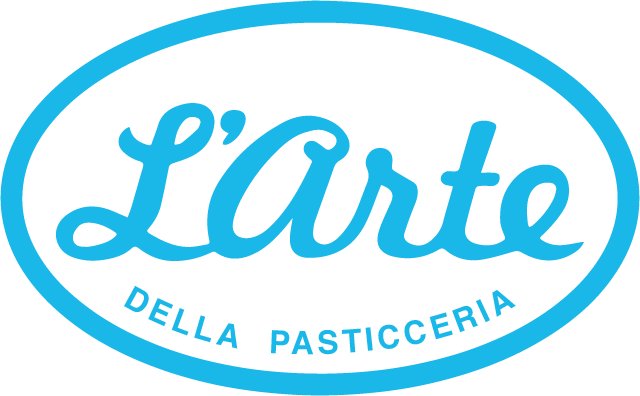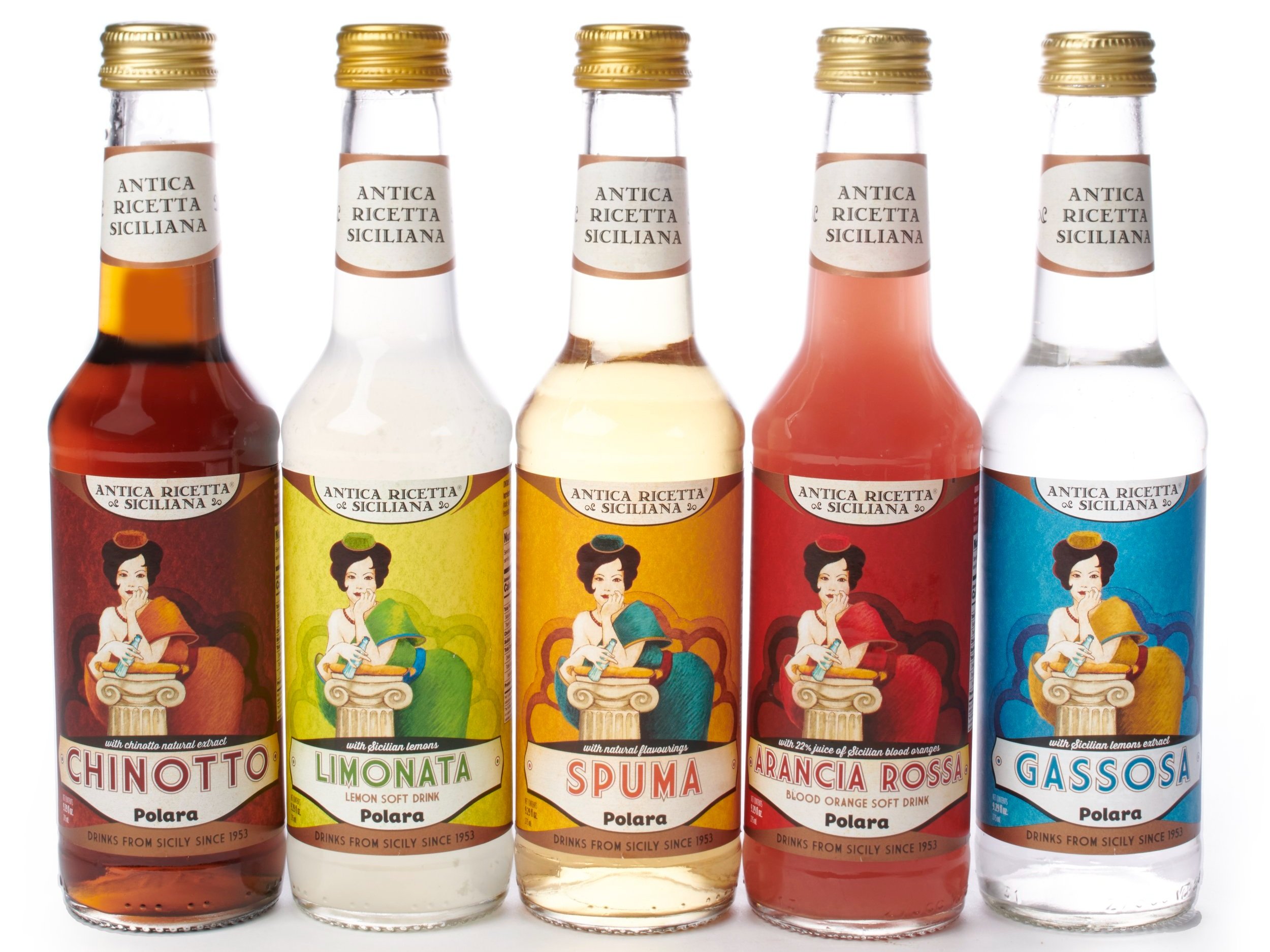The Bittersweet Story of Homegrown Italian Sodas
My goal when sourcing sodas from Italy is to identify those that pair well with our sweet and savory products. I also want sodas that contain authentic Italian flavors but reflect current cultural soft drink trends in Italy. As you might expect these drinks are often very different in both flavor profile and composition from what we normally consume here in the United States. Italians tend to favor less sugary and processed drinks than Americans. Accordingly, homegrown Italian sodas are flavored with more recognizable natural fruit juices and syrups. This is helpful news for Italian pastry chefs when dealing with savory baked products but less sugar and the use of natural flavors does not help us with pairing the numerous sweet desserts. Fortunately, Italians do not neglect the most neglected of the five flavor profiles (sweet, sour, salty, umami and bitter) namely bitter.
I believe that bitterness is what really differentiates sodas in Italy from American sodas. Bitterness is an often-missing flavor aspect in American meals, as well as in their drinks. In Italy, you see bitterness in Italian’s love of bitter greens (arugula, broccoli rabe, radicchio, etc.), in bittersweet cocktails like Negroni and Campari Spritz, and in digestifs called amari (“bitters”). This is unfortunate because without bitterness we lose a way to balance sweetness, and by rejecting it, we limit our range of flavors. Food or drinks without bitterness often lacks depth and complexity. The two excellent examples of this palate preference for less sweetness and bitter drinks at L'Arte are Chinotto and Aranciata.
Chinotto, is often referred to as Italy's national soda. It is however, not an Italian knock off of Coca-Cola. It is in fact, more bittersweet than that Coke. Unfortunately, it looks like that product but after just one sip, you will immediately realize that it clearly is not. Chinotto is based on a mixture of extracts from myrtle-leaved orange peel and other aromatic herbs. It has subtle flavors of spices, fruit, licorice and menthol, with a gently bitter finish. It is therefore a disservice to both the uninitiated and Chinotto, when comparing this uniquely Italian drink to a cola; not only is it misleading, it also does not properly set expectations. Chinotto is an adult soda that you will either love or hate. You need to try it with an open mind and no pre-conceived notions. So next time you visit L'Arte it is definitely something you should try with one of our hearty panini.
Aranciata is a carbonated orange drink with a similar modern production history as Chinotto. It is extremely popular in Italy, in fact iconic and unlike Chinotto, universally loved. Unfortunately, it too is in-artfully introduced to Americans as "Italian Fanta". Aranciata, especially the Sicilian Polara version sold at L'Arte, is less sweet than American orange sodas, has a more natural orange juice flavor, and uses sparkling mineral water as a base. Not surprisingly, Aranciata is also available in two flavors, sweet and bitter. Next time you are in L'Arte try it with your sweet or savory breakfast. You will immediately understand why it is so popular in Italy and makes for a great way to start your day.
It is worth noting that the popularity in "bitter" drinks and foods, is rapidly growing in the United States. Many attribute the increased popularity of bitterness here to such iconic drinks as Negroni and Campari as well as dark chocolate and coffee. So come to L'Arte and further develop your palate for exciting and flavorful Italian soft-drinks. Finally, stay tuned on the topic of drinks because I will be publishing a blog in the coming weeks that focus on gazzosa, Italian mineral water and our expanding mocktails.
Chef Andrea


